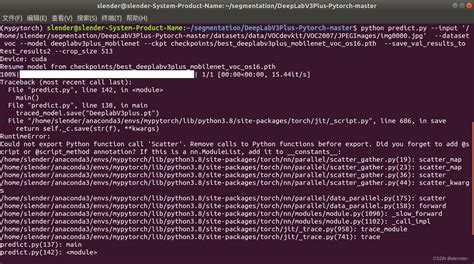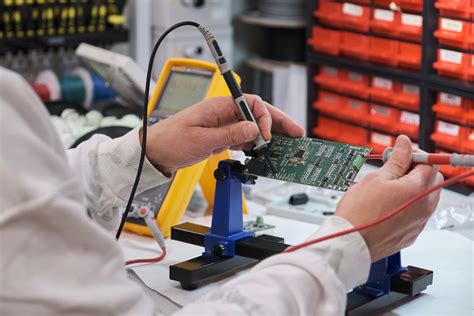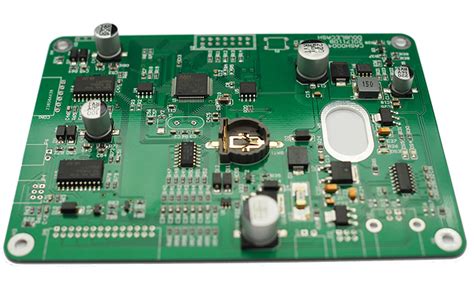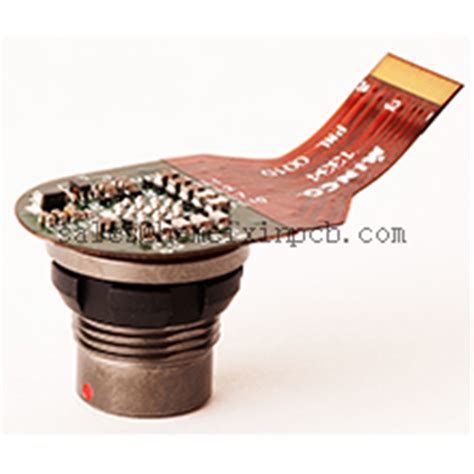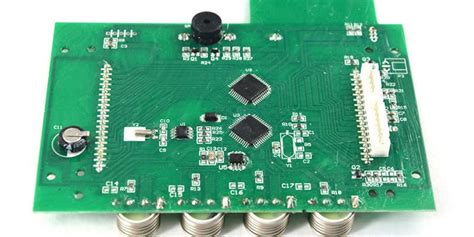Advancing PTH Assembly Efficiency in PCB Manufacturing Systems

Key Takeaways
Effective PTH assembly optimization hinges on balancing precision, speed, and cost-efficiency within PCB manufacturing workflows. By integrating advanced automation systems, manufacturers can reduce manual intervention in PCBA processes, minimizing errors while accelerating throughput. For instance, robotic insertion systems paired with AI-driven inspection tools have shown a 35% improvement in cycle times for high-density boards.
| Technique | Impact on PTH Assembly | Cost Savings |
|---|---|---|
| Automated Drilling | ±0.02mm positional accuracy | 18-22% |
| Laser Via Creation | 4x faster than mechanical methods | 12-15% |
| Real-time AOI | 99.4% defect detection rate | 8-10% |
"Optimizing PTH assembly requires treating automation not as a replacement, but as an enhancement to human expertise in PCB assembly." – Industry Process Engineer
Critical strategies include adopting modular tooling for flexible PCBA line configurations and implementing predictive maintenance to avoid unplanned downtime. For example, vibration sensors in insertion machines can preemptively flag misalignment risks, reducing rework by 27%. When prioritizing throughput, focus on eliminating bottlenecks in the critical path—such as solder paste application or thermal profiling—while maintaining IPC-A-610 standards.
Tip: Use adaptive conveyor systems to synchronize PTH assembly stages with downstream testing, ensuring seamless transitions between PCB manufacturing phases.
By aligning precision engineering with data-driven workflows, manufacturers achieve dual gains: a 15-20% reduction in material waste and improved repeatability for complex multilayer boards. This approach ensures PTH automation delivers measurable ROI without compromising on quality benchmarks.
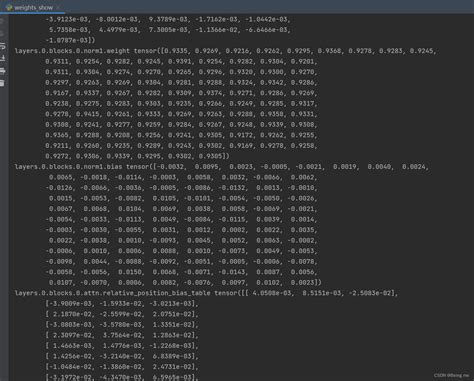
Optimizing PTH Assembly for Enhanced PCB Production
Effective PCB assembly relies on precise plated through-hole (PTH) processes to ensure reliable electrical connections and mechanical stability. Modern optimization strategies focus on refining drill-hole accuracy, solder filling consistency, and thermal management to address common challenges such as void formation or misalignment. By integrating automated optical inspection (AOI) systems, manufacturers can detect defects in real time, reducing rework rates and improving PCBA yield. Advanced material selection, including high-temperature laminates and low-viscosity solder pastes, further enhances PTH reliability in demanding applications.
To maximize efficiency, engineers are adopting data-driven workflows that correlate process parameters—like drill speed and plating thickness—with final product performance. For instance, adaptive laser drilling minimizes barrel cracks, while electrochemical deposition techniques ensure uniform copper coverage. These innovations not only accelerate PCB assembly timelines but also align with broader goals of reducing material waste and energy consumption. As the industry shifts toward high-density designs, optimized PTH workflows remain critical for balancing throughput and quality in PCBA manufacturing, setting the stage for subsequent automation advancements.
Automating PTH Processes for Cost-Effective PCB Production
The integration of automation into PTH (Plated Through-Hole) workflows has become a cornerstone for achieving cost efficiency in PCB assembly. By deploying robotic insertion systems and AI-driven inspection tools, manufacturers can minimize human error while accelerating throughput. Advanced PCBA lines now leverage programmable machinery to handle component placement, solder paste application, and hole-filling with micron-level precision, reducing material waste by up to 30% compared to manual methods.
Critical to this transformation is the adoption of closed-loop feedback mechanisms, where sensors monitor parameters like solder temperature and hole alignment in real time. These systems enable immediate adjustments, ensuring consistent quality across high-volume production runs. For instance, automated optical inspection (AOI) units paired with machine learning algorithms can detect defects such as insufficient hole fill or misaligned leads, addressing issues before they escalate into costly rework.
Furthermore, modular automation platforms allow factories to scale operations without significant capital expenditure. By retrofitting legacy PCB assembly lines with smart actuators and IoT-enabled controllers, manufacturers achieve a seamless transition toward lights-out manufacturing—a strategy proven to lower labor costs by 40–50% in optimized environments. This shift not only aligns with the broader industry trend toward PCBA digitization but also sets the stage for integrating predictive maintenance protocols, further driving down unplanned downtime.
Precision Engineering in Modern PTH Assembly Lines
The integration of precision engineering into PTH assembly workflows has become a cornerstone for achieving micron-level accuracy in PCB assembly. Modern systems leverage automated optical inspection (AOI) and laser-drilled via technologies to ensure consistent hole wall thickness and plating uniformity, critical for high-reliability PCBA applications. Advanced CNC-controlled drilling machines now operate with positional tolerances below ±25μm, minimizing misalignment risks in multilayer boards. These innovations are further enhanced by real-time feedback loops that adjust parameters like plating bath chemistry and current density, optimizing copper deposition rates while reducing material waste.
To maintain alignment with broader manufacturing goals, precision-engineered PTH assembly systems incorporate adaptive thermal management to counteract warping during soldering cycles, a common challenge in dense PCB assembly layouts. By synchronizing robotic pick-and-place units with vision-guided insertion mechanisms, manufacturers achieve sub-10μm component placement accuracy, directly impacting yield rates in PCBA production. Such advancements not only address the growing complexity of high-density interconnect (HDI) designs but also create a foundation for scalable automation—a prerequisite for the next section’s focus on throughput optimization. This seamless interplay between mechanical precision and process control ensures that PTH assembly remains a competitive differentiator in electronics manufacturing.
Boosting Throughput with Advanced PTH Techniques
Modern PCB assembly workflows demand precision and speed to meet escalating production targets. By integrating advanced plated through-hole (PTH) techniques, manufacturers can significantly enhance throughput without compromising on PCBA reliability. High-speed drilling systems with laser-guided alignment now achieve micron-level accuracy, minimizing rework and accelerating cycle times. For instance, adaptive depth control mechanisms ensure consistent hole wall plating, reducing defects in multilayer boards by over 25%.
Transitioning to automated solder paste application and robotic insertion systems further streamlines PCB assembly lines. These solutions leverage real-time data analytics to optimize material usage and toolpath efficiency, cutting idle time by 15–20%. Additionally, advanced thermal profiling in reflow ovens ensures uniform heat distribution across high-density interconnect (HDI) designs, preventing warping and solder bridging. Such innovations not only boost output but also align with cost-effective PCBA strategies, as fewer resources are wasted on corrective measures.
By adopting these cutting-edge PTH methodologies, manufacturers achieve a dual advantage: scalable production rates and adherence to stringent quality benchmarks. This approach ensures seamless integration with broader automation frameworks, reinforcing the foundation for next-generation electronics manufacturing.
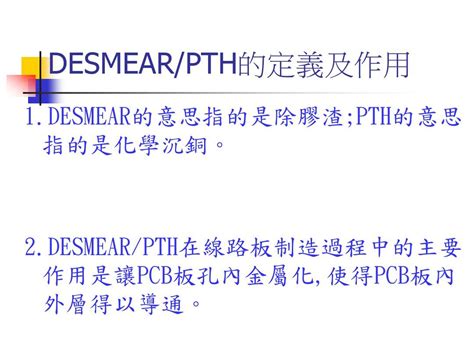
Quality-Driven Strategies for PTH Assembly Optimization
Implementing quality-driven strategies in PTH assembly processes ensures consistent performance across PCB assembly workflows while addressing critical challenges like hole wall integrity and plating uniformity. By integrating real-time monitoring systems with automated optical inspection (AOI), manufacturers can detect deviations in barrel plating thickness or misalignment during component insertion, reducing rework rates by up to 30%. Advanced PCBA lines now leverage statistical process control (SPC) to correlate process parameters—such as solder paste viscosity and thermal profiles—with final product reliability, enabling proactive adjustments before defects escalate.
A key focus lies in optimizing material selection, where low-voiding solder alloys and high-Tg substrates minimize thermal stress during PTH assembly. Pairing this with precision laser drilling for via formation ensures ±2μm positional accuracy, critical for high-density interconnects. Additionally, adopting closed-loop feedback systems aligns process outcomes with ISO 9001 standards, reinforcing traceability from raw materials to finished PCB assembly units. These strategies not only elevate yield rates but also align with cost-efficiency goals, as fewer defects translate to lower scrap volumes and faster time-to-market for complex PCBA designs.
Transitioning to such methodologies requires harmonizing equipment calibration with operator training, ensuring both human and machine inputs contribute to a unified quality framework. This approach solidifies PTH assembly as a cornerstone of reliable, high-performance electronics manufacturing.
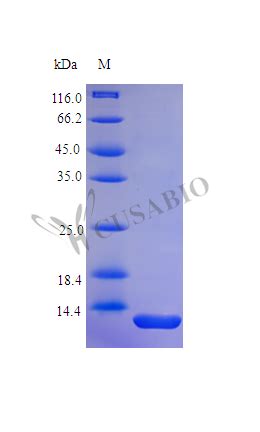
Streamlining PCB Manufacturing via PTH Automation
The integration of PTH automation into PCB assembly workflows marks a pivotal shift toward scalable, high-precision production. By deploying advanced robotic systems for drilling, plating, and inspection, manufacturers eliminate manual bottlenecks that traditionally slow throughput. For instance, automated optical alignment ensures PCBA components are positioned with micron-level accuracy, reducing rework rates by up to 40% in complex multilayer boards. Transitioning to closed-loop feedback systems further enhances process control, where real-time data analytics adjust parameters like plating bath chemistry or drill speed to maintain consistency across batches.
A critical advantage lies in the synergy between PTH automation and lean manufacturing principles. Automated material handling systems synchronize with assembly lines to minimize idle time, while AI-driven defect detection algorithms identify anomalies faster than human operators. This not only accelerates cycle times but also lowers labor costs—a key factor in cost-sensitive PCB assembly markets. Moreover, standardized automation protocols ensure compatibility with legacy equipment, allowing manufacturers to phase upgrades without disrupting existing workflows.
As industries demand higher-density PCBA designs, the role of precision-engineered automation becomes indispensable. By prioritizing repeatability and error reduction, manufacturers can achieve tighter tolerances in via formation and plating, directly enhancing end-product reliability. These advancements position PTH automation as a cornerstone for next-generation PCB manufacturing systems, aligning with broader goals of cost efficiency and quality assurance.
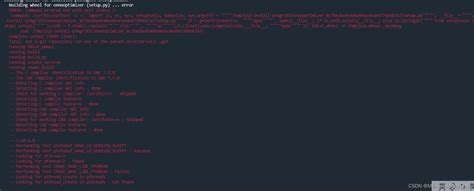
Maximizing Output in PTH Assembly Workflows
Achieving peak productivity in PTH assembly requires a strategic balance between speed and precision. Modern PCB assembly lines leverage high-speed insertion machines and automated soldering systems to handle through-hole components with minimal human intervention, significantly reducing cycle times. By integrating PCBA-optimized workflows, manufacturers can synchronize component placement, soldering, and inspection stages, eliminating bottlenecks that traditionally hinder throughput.
Equally crucial is the adoption of real-time monitoring tools, which track process variables like solder temperature and insertion force to prevent defects before they escalate. Advanced conveyor systems with dynamic routing capabilities further streamline material flow, ensuring continuous operation even during high-volume production runs. Additionally, optimizing board panelization designs—such as grouping similar components or standardizing hole patterns—reduces tooling changes and accelerates batch processing.
To sustain output gains, manufacturers are increasingly embedding predictive maintenance algorithms into PTH assembly equipment. These systems analyze vibration, thermal, and electrical data to forecast wear, enabling preemptive repairs that avoid unplanned downtime. By aligning these innovations with lean manufacturing principles, PCB assembly facilities achieve not only higher throughput but also tighter alignment between production capacity and demand fluctuations, driving cost efficiencies across the PCBA lifecycle.
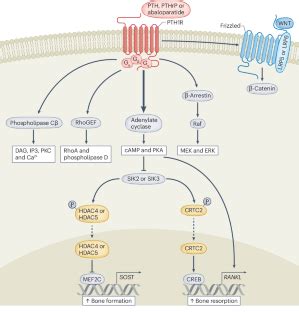
Smart Solutions for PTH Cost Reduction and Efficiency
Implementing intelligent strategies in PTH assembly workflows enables manufacturers to address both cost and efficiency challenges without compromising quality. A key approach involves integrating IoT-enabled monitoring systems that track real-time parameters like solder bath temperatures and plating uniformity, allowing rapid adjustments to minimize material waste. For PCB assembly lines, automated component placement systems equipped with machine vision reduce human error rates by up to 65%, directly lowering rework costs. Advanced predictive analytics further optimize inventory management, ensuring just-in-time delivery of through-hole components to avoid production bottlenecks.
In PCBA environments, adopting modular fixturing designs cuts setup times by 40%, while adaptive laser drilling technologies enhance hole wall quality for more reliable plating. Energy-efficient convection soldering ovens, paired with closed-loop thermal controls, reduce power consumption by 30% compared to traditional systems. Additionally, deploying AI-driven defect detection algorithms during post-assembly inspections accelerates throughput by identifying faults at rates exceeding 1,200 boards per hour. These innovations not only streamline PTH assembly cycles but also create a scalable foundation for high-mix, low-volume production models—critical for meeting evolving market demands.
By harmonizing data-driven decision-making with precision automation, manufacturers achieve a dual advantage: driving down per-unit costs while maintaining the stringent quality standards required in modern PCB manufacturing.
Conclusion
The evolution of PTH assembly methodologies underscores the critical role of automation and precision engineering in modern PCB manufacturing systems. By integrating advanced technologies such as laser-guided drilling and automated plating verification, manufacturers can achieve significant improvements in throughput and quality control while minimizing material waste. These innovations not only address the growing demand for high-density PCBA but also align with cost-reduction imperatives across the electronics industry.
Transitioning to smart manufacturing frameworks enables real-time monitoring of PTH processes, ensuring consistent hole-wall integrity and reducing defects in PCB assembly workflows. Furthermore, the adoption of data-driven optimization tools allows for dynamic adjustments in plating parameters, enhancing yield rates even in complex multilayer designs. As the industry shifts toward miniaturization and higher-performance applications, refining PTH assembly techniques remains pivotal to maintaining competitiveness. By prioritizing collaborative robotics and AI-powered inspection systems, manufacturers can future-proof their operations, delivering PCBA solutions that meet both current standards and emerging technological demands.
Frequently Asked Questions
How does automation improve plated through-hole (PTH) processes in PCB assembly?
Automation enhances PTH assembly by minimizing human error and accelerating insertion rates. Advanced systems integrate vision-guided robotics to ensure precise component placement, reducing rework and increasing throughput in PCBA workflows.
What role does precision engineering play in modern PTH assembly lines?
Precision engineering optimizes hole wall uniformity and solderability through laser-drilled vias and controlled thermal profiles. These innovations ensure reliable interlayer connections, critical for high-density PCB assembly applications.
Can PTH automation reduce manufacturing costs without compromising quality?
Yes. Automated pick-and-place systems and inline inspection tools lower labor costs while maintaining stringent quality standards. Real-time monitoring further reduces material waste, making PCBA production more cost-effective.
What quality control strategies are vital for PTH assembly optimization?
Implementing automated optical inspection (AOI) and X-ray testing ensures defect detection at early stages. Pairing these with statistical process control (SPC) methods strengthens consistency in PCB assembly outputs.
How do advanced PTH techniques align with Design for Manufacturability (DFM) principles?
Modern PTH workflows prioritize DFM-compliant layouts, such as standardized hole sizes and pad geometries. This alignment minimizes design revisions and accelerates time-to-market for complex PCBA projects.
Explore Advanced PCB Assembly Solutions Today
For tailored strategies to enhance your PTH assembly processes, please click here to connect with our engineering experts.

